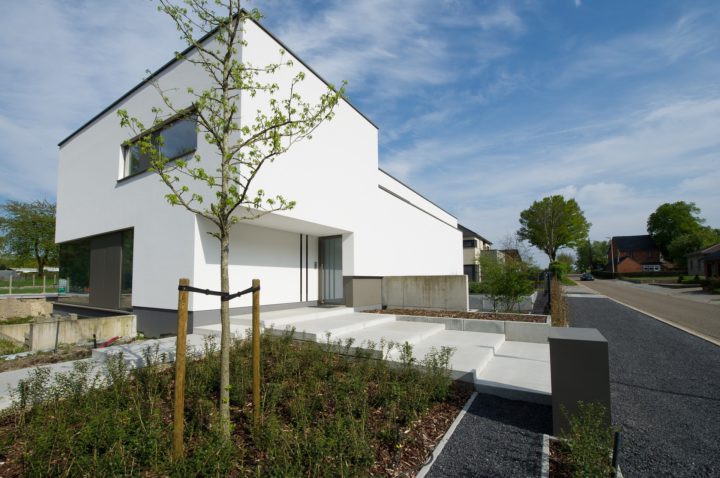The following contribution is from another author.
Properties in the US have always been large compared to those in Europe. In America, we have the luxury of being able to spread out and have fewer regulations, laws, and taxes that get in the way of living a good life. But the size of the average American home is continuing to get larger, even as household size in terms of the number of people living there declines.
Forty years ago, in 1980, the size of the average American home was about 1,600 square foot. That’s actually quite large compared to many places in the world where the average size of properties runs at around 1,250 square feet. But today, our houses have become genuinely enormous, and we’re now up to 2,687 square feet.
To give you an impression just how large that is, if you were to buy a house of that size in the UK, you’d be getting into mansion territory. In fact, most houses over the other side of the pond that are more than 2,700 square feet sell for more than a million dollars. To own a home of that size is truly something remarkable. Here, however, it’s nothing special at all: it’s just normal.
The other strange thing about increasing house sizes is that even though our homes are getting bigger, fewer people are living in them. The average household size was three people per household in 1980. That’s now dropped to 2.54 people, as people have fewer kids and more single people live alone.
The net result of all of this is that each person has more space. It’s certainly been a boom time for many a custom home builder, but do you need more than 2,000 square feet? Or can you make do with less as people do in Europe and other parts of the developed world?
You Can Make Do With Less If You’re Smart With Your Space
Where do Americans spend the majority of their time while at home? It won’t come as any surprise that it’s the kitchen and the family room that see the most action. But it’s the extent to which these two rooms dominate, which is a real eye-opener.
The Center on Everyday Lives of Families out of California University tracked several dozen families over four years to see how they used their space. At the end of the study, the researchers were able to create a kind of heat map, showing exactly how people used the space. You could immediately see that the kitchen and the family room dominated, while the dining room and porch barely got a second glance, even though those two spaces alone took up nearly 30 percent of all available floor space.
The study made it clear that, yes, people could indeed make do with less with practically no effect on how they used their space, but did they want to?
Ask most people whether they’d prefer to move to a smaller property and they’ll tell you that they love the space and wouldn’t change it for the world.
















